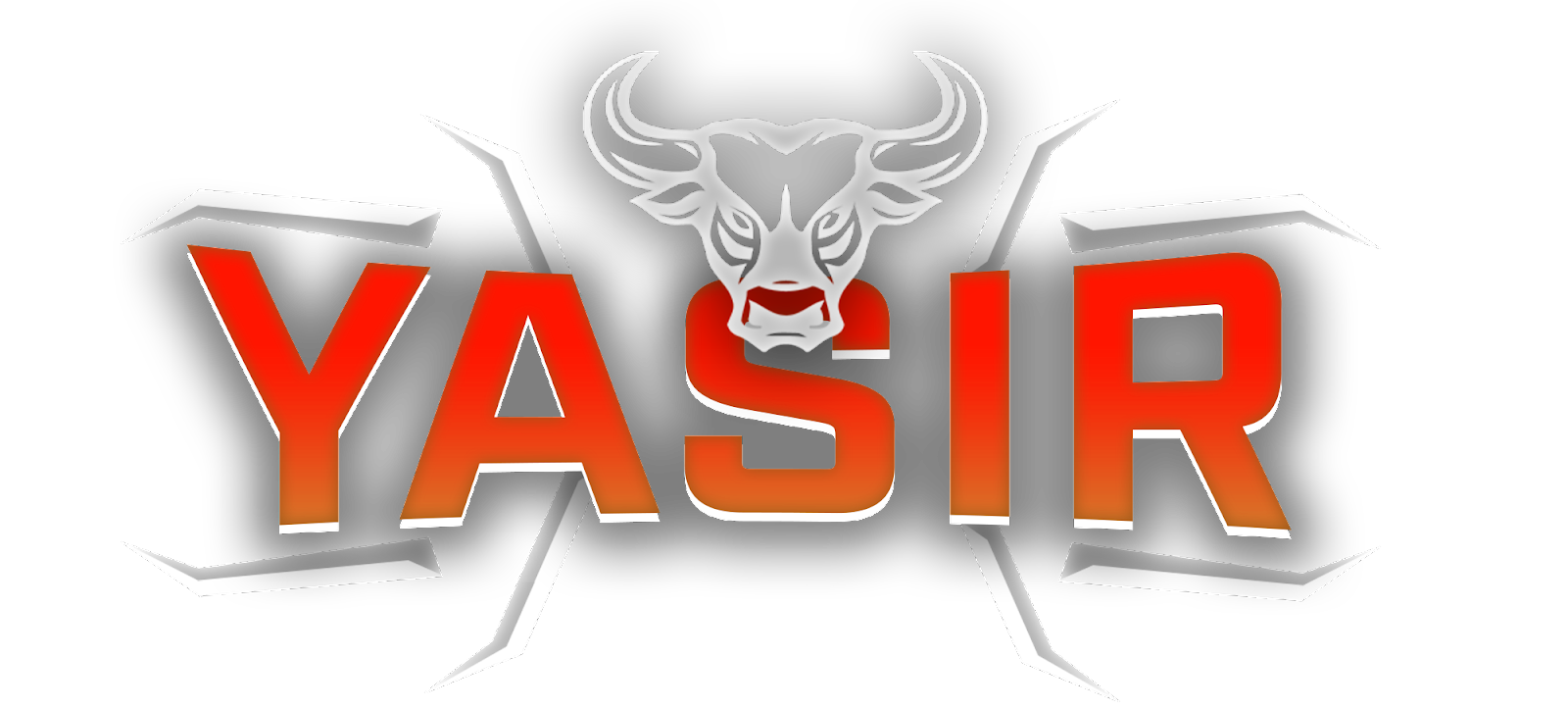Insecticides, Pesticides and Chemical Fertilizers
Introduction:
In this project, we delve into the critical aspects of insecticides, pesticides, and chemical fertilizers – essential components of modern agriculture. Exploring their definitions, uses, and impact on crops and the environment, we aim to understand their significance in maximizing agricultural productivity. Additionally, we investigate potential risks and consider sustainable alternatives. By gaining insights into these chemical agents, we emphasize the importance of responsible and informed practices to ensure a balanced and sustainable approach to crop protection and nutrition.
Body Part:
In this section, we will provide concise definitions of insecticides, pesticides, and chemical fertilizers. Insecticides are substances used to control insect pests, while pesticides encompass a broader category of chemicals used to combat various pests, including insects, weeds, and fungi. Chemical fertilizers are nutrient-rich substances applied to enhance plant growth. Understanding the significance of these agricultural components is crucial, as they play a pivotal role in increasing crop yields, safeguarding food supplies, and supporting global agricultural sustainability.
Insecticides:
Types:
Insecticides can be categorized into two primary types: chemical insecticides and biological insecticides. Chemical insecticides consist of synthetic compounds formulated to target specific pests, while biological insecticides use naturally occurring organisms, such as bacteria or fungi, to control pests. Each type possesses distinct characteristics and applications, catering to diverse pest control needs in agricultural practices.
Mode of Action:
The mode of action refers to how insecticides work to eliminate or control pests. Chemical insecticides often disrupt the nervous system or interfere with crucial biological processes, leading to the pest's demise. On the other hand, biological insecticides infect pests with diseases or parasitize them, effectively reducing their populations. Understanding the mode of action aids in selecting the most appropriate insecticide for specific pest management scenarios.
Pros and Cons:
The use of insecticides offers several advantages, including efficient pest control, increased crop yields, and reduced crop losses. They contribute to improved food production, ensuring sufficient supplies to meet global demand. However, their widespread application raises concerns about potential adverse effects. Insecticides may harm beneficial insects, contaminate water sources, and contribute to pesticide resistance in pests. Consequently, it is essential to balance the benefits of insecticides with their environmental and health impacts, promoting responsible and judicious use.
Pesticides:
Classification:
Pesticides can be classified into different categories based on their target pests and chemical composition. The main classifications include insecticides (targeting insects), herbicides (targeting weeds), fungicides (targeting fungi), and rodenticides (targeting rodents). Each class serves specific purposes in agricultural practices and pest management.
Common Types and Uses:
Within each pesticide class, numerous specific types are available for diverse applications. For example, organophosphates and pyrethroids are common insecticides, while glyphosate is a widely used herbicide. Farmers and pest control professionals select the appropriate pesticide based on the target pest and the crop or environment to be protected.
Risks and IPM:
The use of pesticides comes with potential risks to human health and the environment. Some pesticides may persist in the environment, leading to unintended effects on non-target organisms and causing environmental contamination. Integrated Pest Management (IPM) is a holistic approach that aims to minimize pesticide use by combining various pest control strategies, such as biological controls, cultural practices, and judicious pesticide application, to maintain pest populations at manageable levels while reducing risks.
Chemical Fertilizers:
Types and Nutrients:
Chemical fertilizers come in various types, each providing essential nutrients to support plant growth. The main types include nitrogen-based fertilizers, supplying nitrogen crucial for leafy green growth; phosphorus-based fertilizers, promoting root development and flower production; and potassium-based fertilizers, enhancing overall plant health and disease resistance. These fertilizers play a pivotal role in replenishing nutrient deficiencies in soil and supporting optimal plant growth.
Role in Plant Growth:
Chemical fertilizers play a vital role in providing plants with the necessary nutrients to thrive. Nitrogen aids in the formation of proteins and chlorophyll, crucial for photosynthesis. Phosphorus supports energy transfer processes and helps with root and flower development. Potassium regulates water uptake and enzyme activation, promoting overall plant health and stress tolerance. By supplementing soil with these essential nutrients, chemical fertilizers enhance crop productivity and agricultural yields.
Environmental Impact:
Despite their benefits, chemical fertilizers can have environmental consequences. Excessive use can lead to nutrient runoff, polluting water bodies and causing algal blooms. Moreover, some fertilizers release greenhouse gases, contributing to climate change. To mitigate these impacts, sustainable practices like precision application, controlled-release fertilizers, and organic alternatives are encouraged, promoting responsible fertilizer use while safeguarding the environment.
Comparison:
Effects on Crops and Environment:
When comparing insecticides, pesticides, and chemical fertilizers, it's essential to consider their impacts on both crops and the environment. Insecticides and pesticides can effectively protect crops from pests and diseases, leading to increased yields and improved food production. However, their indiscriminate use can harm beneficial insects, disrupt ecosystems, and contribute to pesticide resistance. Similarly, chemical fertilizers boost crop growth, but excessive application can lead to soil degradation, water pollution, and greenhouse gas emissions. Striking a balance between agricultural benefits and environmental preservation is crucial for sustainable farming practices.
Sustainable Alternatives:
Recognizing the potential drawbacks of chemical-intensive practices, the development and adoption of sustainable alternatives have gained prominence. Integrated Pest Management (IPM) emphasizes a combination of biological controls, cultural practices, and targeted pesticide application to minimize harm to non-target organisms and reduce chemical use. Additionally, organic farming practices that prioritize natural fertilizers, crop rotation, and soil health improvement offer eco-friendly alternatives to conventional chemical fertilizers. By embracing sustainable approaches, agriculture can thrive while preserving biodiversity and safeguarding the planet's ecological balance.
Conclusion:
Understanding the significance of insecticides, pesticides, and chemical fertilizers in modern agriculture is essential. While they play a crucial role in increasing crop yields and ensuring food security, their use demands responsible practices. Balancing the benefits with potential environmental and health impacts is paramount. Embracing sustainable alternatives, such as Integrated Pest Management (IPM) and organic farming, can promote a harmonious coexistence between agricultural productivity and ecological well-being, securing a more sustainable future for our planet.



